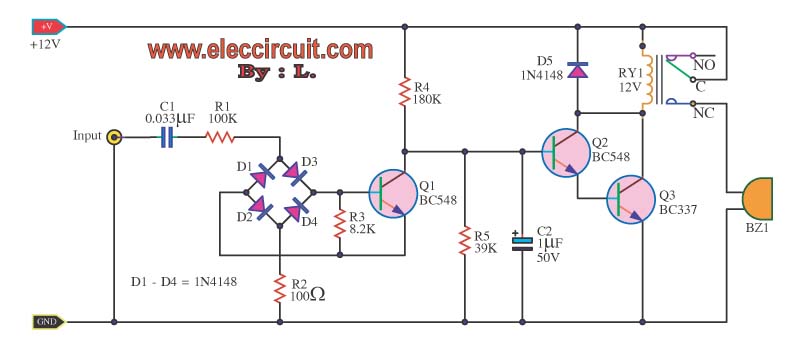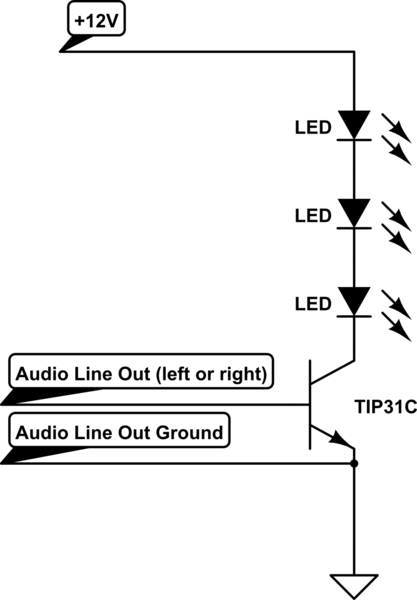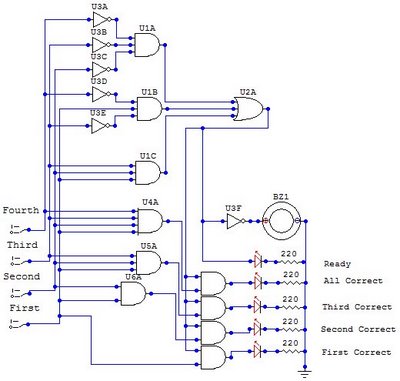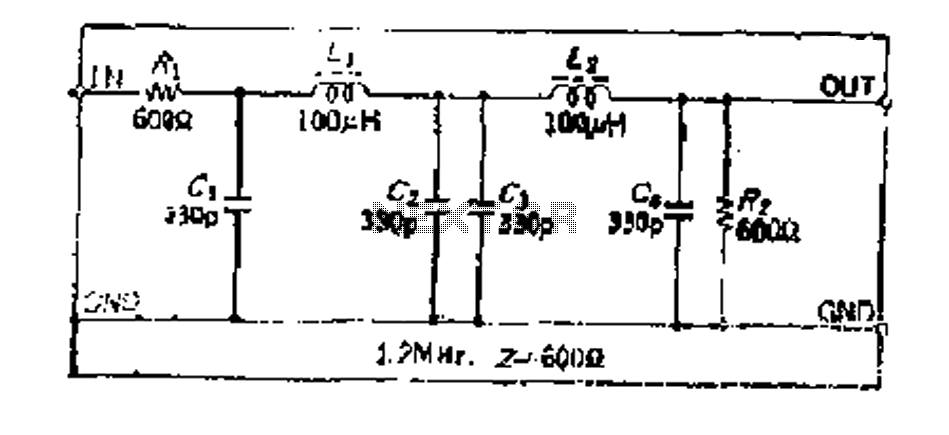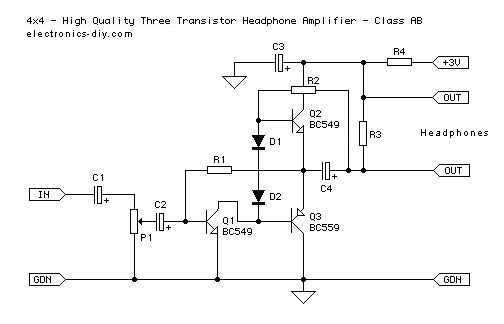
Transistor Circuits Design

Transistors are essential components of electronic circuits. The success of a circuit design depends on the selection of the appropriate transistor type and the calculations involved.
Transistors serve as fundamental building blocks in electronic circuits, playing critical roles in amplification, switching, and signal modulation. The choice of transistor type, whether it be bipolar junction transistors (BJTs), field-effect transistors (FETs), or others, significantly influences circuit performance. Each transistor type has unique characteristics, such as current handling capacity, voltage ratings, and switching speeds, which must align with the specific application requirements.
In circuit design, careful calculations are necessary to determine biasing conditions, load resistance, and gain settings to ensure optimal performance. For instance, in an amplifier circuit, the transistor must be biased correctly to operate in the active region, allowing for linear amplification of the input signal. The selection of resistors for the biasing network requires precise calculations to establish the desired operating point, taking into account factors such as temperature variations and transistor parameters.
Furthermore, the layout of the circuit can impact the overall performance, including parasitic capacitance and inductance, which can affect the frequency response. Therefore, comprehensive simulations and prototyping are often employed to validate circuit designs before final implementation. Understanding the interplay between transistor selection, circuit topology, and component values is crucial for achieving reliable and efficient electronic systems.Transistors are inevitable parts of Electronic circuits. The success of a circuit design lies in the selection of proper transistor type and calculation of.. 🔗 External reference
Transistors serve as fundamental building blocks in electronic circuits, playing critical roles in amplification, switching, and signal modulation. The choice of transistor type, whether it be bipolar junction transistors (BJTs), field-effect transistors (FETs), or others, significantly influences circuit performance. Each transistor type has unique characteristics, such as current handling capacity, voltage ratings, and switching speeds, which must align with the specific application requirements.
In circuit design, careful calculations are necessary to determine biasing conditions, load resistance, and gain settings to ensure optimal performance. For instance, in an amplifier circuit, the transistor must be biased correctly to operate in the active region, allowing for linear amplification of the input signal. The selection of resistors for the biasing network requires precise calculations to establish the desired operating point, taking into account factors such as temperature variations and transistor parameters.
Furthermore, the layout of the circuit can impact the overall performance, including parasitic capacitance and inductance, which can affect the frequency response. Therefore, comprehensive simulations and prototyping are often employed to validate circuit designs before final implementation. Understanding the interplay between transistor selection, circuit topology, and component values is crucial for achieving reliable and efficient electronic systems.Transistors are inevitable parts of Electronic circuits. The success of a circuit design lies in the selection of proper transistor type and calculation of.. 🔗 External reference
